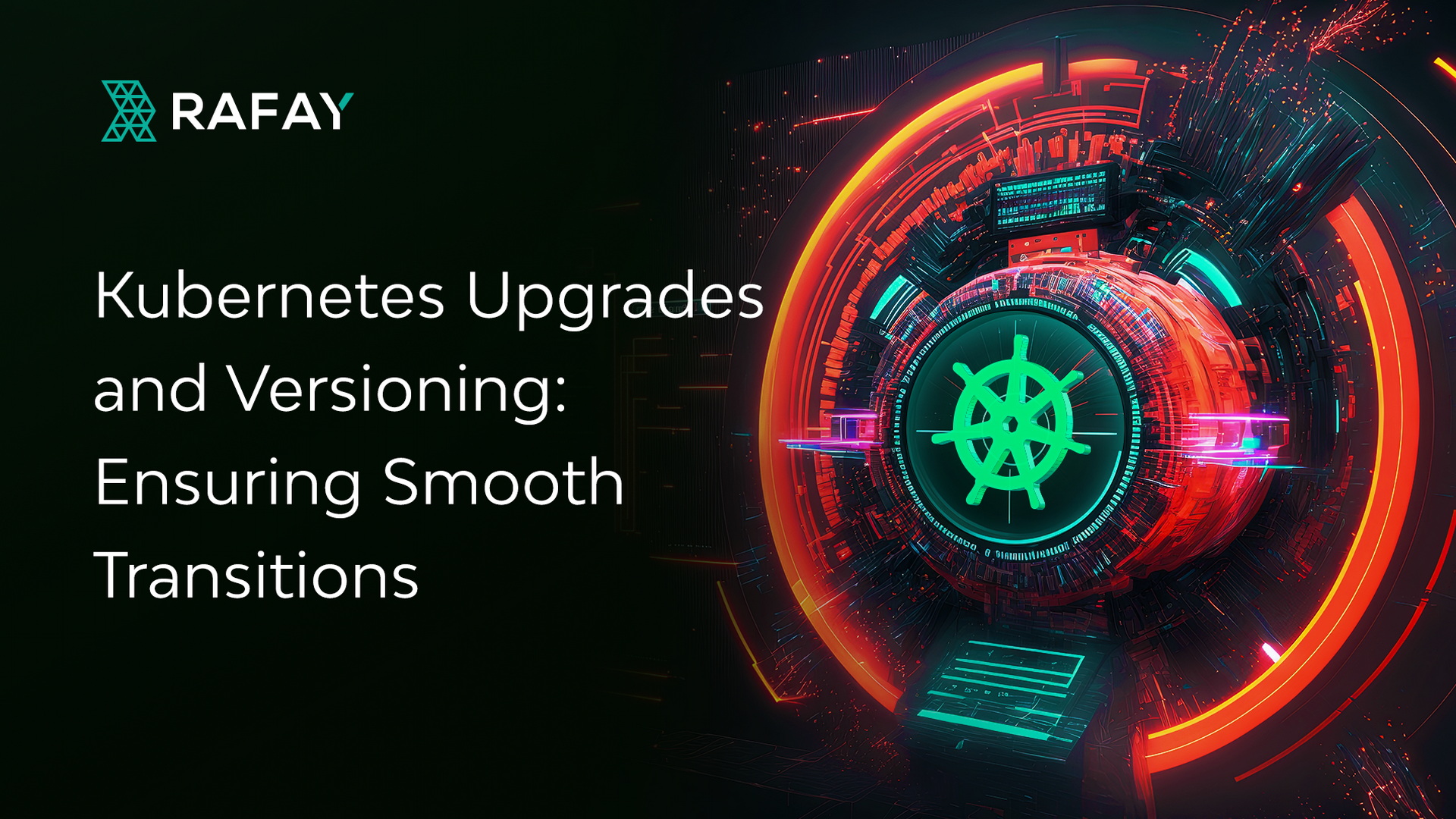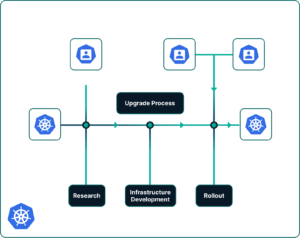The process of upgrading Kubernetes and managing version transitions can be a daunting task for organizations. In this blog post, we’ll delve into the importance of Kubernetes upgrades, the versioning system, and strategies to ensure seamless transitions.
Why Upgrade Kubernetes?
Kubernetes upgrades are not just about keeping up with the latest features. They are crucial for:
Security Enhancements
Newer versions often come with improved security features, bug fixes, and vulnerability patches, safeguarding your clusters and applications against potential threats.
Performance Optimization
Each release is accompanied by performance improvements and optimizations, helping your applications run more efficiently and reduce resource consumption.
Feature Expansion
Upgrading lets you take advantage of new functionalities that can streamline cluster deployment, scaling, and management processes.
Ecosystem Compatibility
Staying up to date ensures compatibility with other tools and frameworks in the Kubernetes ecosystem, avoiding potential conflicts and ensuring a smooth operation.
Understanding Kubernetes Versioning
Kubernetes follows a versioning scheme that helps users understand the significance of each release. The version number consists of three parts: major.minor.patch.
Strategies for Ensuring Smooth Upgrades
Frequent Testing in Staging
Before performing an upgrade in production, thoroughly test the new version in a staging environment. This helps identify any potential issues, such as application incompatibilities or configuration conflicts, early in the process.
Incremental Upgrades
If you’re running an older version of Kubernetes, consider performing incremental upgrades by moving through each successive minor version. This reduces the complexity of the upgrade and allows for easier issue detection.
Backup and Rollback Plans
Always create backups of your critical data and configurations before initiating an upgrade. In case of unforeseen issues, having a rollback plan helps you revert to the previous version without major disruptions.
Check Compatibility
Ensure that your applications, tools, and add-ons are compatible with the new Kubernetes version. This includes checking if any custom scripts, monitoring tools, or CI/CD pipelines need adjustments.
Update Documentation
Keep your internal documentation updated with the latest procedures for Kubernetes upgrades. This ensures that your team has access to the most current information and can follow standardized processes.
Engage the Community
Leverage online forums, Kubernetes meetups, and community resources to gather insights from others who have already performed similar upgrades. This can provide valuable tips and best practices.
Don’t Get Left Behind on Old K8s Versions
Kubernetes upgrades and version transitions are fundamental for keeping your clusters secure, efficient, and feature-rich. By understanding the versioning scheme and implementing strategies for smooth transitions, you can ensure that the upgrade process becomes a manageable and routine part of your cloud-native operations.
Remember, a well-executed upgrade not only enhances your Kubernetes environment but also strengthens the foundation of your entire application development ecosystem.
Ready to find out why companies are favoring Rafay’s Kubernetes automation platform, no matter what Kubernetes updates are on the horizon?
Click below and take a free test drive today:





